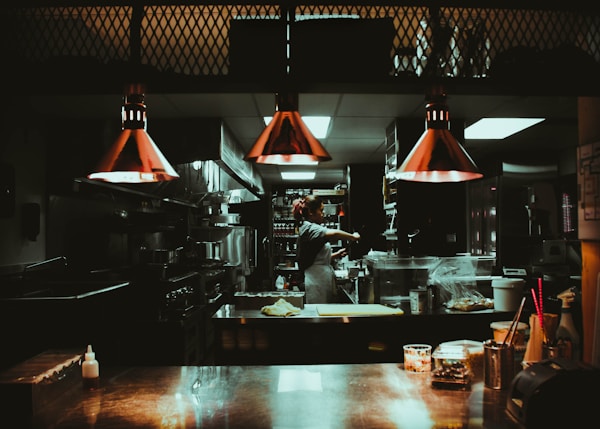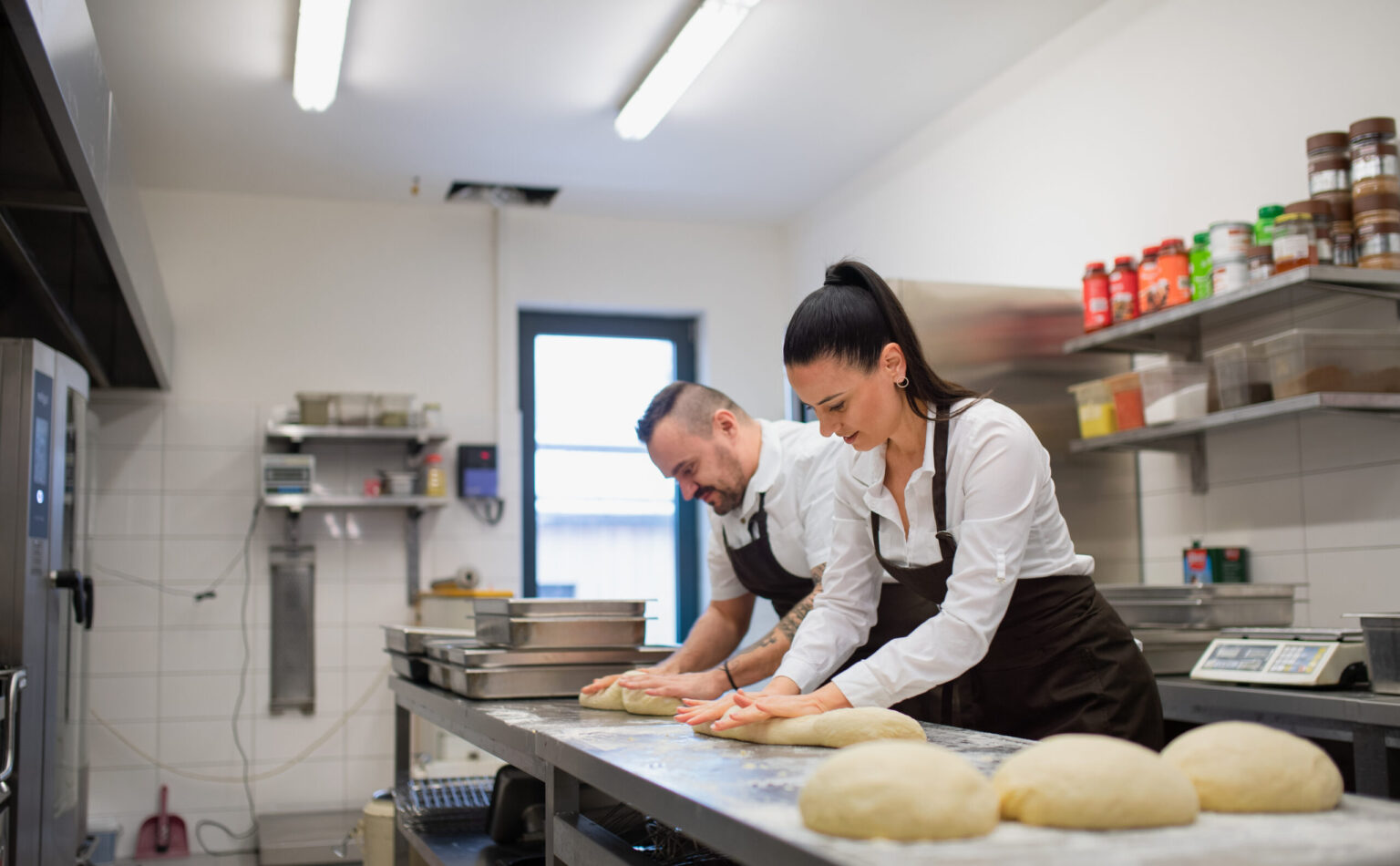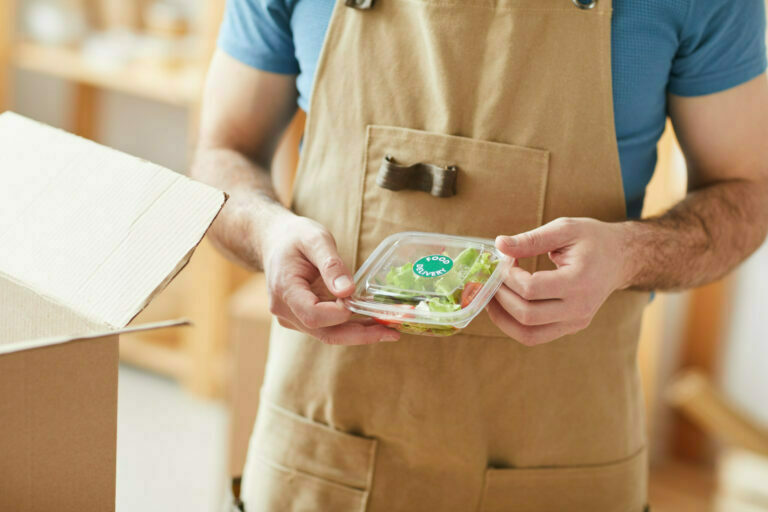There’s no doubt that opening a restaurant can be an exciting venture, but it also comes with its fair share of challenges. One of the most significant decisions you’ll have to make is selecting the right restaurant equipment for your establishment. The equipment you choose can have a huge impact on the efficiency and overall success of your restaurant. In this article, we will discuss four major aspects of restaurant equipment, from assessing your needs to financing your purchases. Keep reading if you’re in need of some useful advice!
Considering Financing Options

Restaurant equipment can be a serious investment, which is why many business owners finance restaurant equipment to alleviate some of the upfront costs. Taking out a loan or leasing the equipment allows you to spread the expense over a predetermined period, improving cash flow management and reducing the initial burden on your budget. When considering financing options, begin by shopping around for competitive rates and flexible terms that suit your financial situation.
Leasing, for example, can be a good option if you’re not ready to commit to purchasing equipment, and it offers the flexibility to upgrade as your business grows. Comparing your options will ensure you find a financing solution that makes the most sense for your restaurant. Keep in mind that in order to qualify for equipment financing, you need to demonstrate a solid credit history and provide documentation proving your ability to pay back the loan. This may include bank statements, a business plan, and financial projections. So, plan accordingly and have your paperwork prepared in advance.
Assessing Your Equipment Needs

Before you make a financial plan, you need to choose the right equipment for your restaurant by evaluating your specific needs. This requires a deep understanding of your menu, your target customers, and the size of your establishment. Start by listing all the essentials that are required to prepare, cook, and serve every dish on your menu. This can be anything from ovens and griddles to utensils and small wares.
Once you have your list of essentials, it’s time to plan your kitchen layout. Consider how your space will flow and allocate areas for cooking, prep, storage, and dishwashing. With this plan, you’ll have a better understanding of the types, dimensions, and quantities of the equipment you’ll need to purchase. Don’t forget about safety and health code requirements. This may include proper ventilation systems, fire suppression equipment, and refrigeration units. Consult your local health department regulations to ensure you are in compliance before making any purchases.
Choosing Quality Equipment

When investing your hard-earned money in restaurant equipment, you need to place an emphasis on customer experience, which can be achieved with the right equipment because it improves the taste of your food. High-quality equipment is also more likely to have a longer lifespan, perform better, and require less maintenance over time. This ultimately saves costs in the long run with fewer replacements and repairs.
One way to find quality equipment is by reading reviews and seeking recommendations from others in the industry who have experience with the specific brands or models you’re considering. Always prioritize buying from reputable suppliers who stand behind their products and offer exceptional customer service. This way, you can have peace of mind that you’re investing in equipment that’s built to last and have the support needed in case any issues arise.
Maintaining Your Equipment
Like any investment, your restaurant equipment requires proper maintenance to ensure its long-term functionality and efficiency. Establish schedules for routine check-ups and cleaning on all your equipment. This includes daily cleaning tasks, such as wiping down surfaces and sanitizing cutting boards, as well as periodic deep cleaning and servicing of ovens, fryers, and refrigeration units. Your staff should be well-trained in operating and maintaining equipment properly. This reduces the chances of costly damage or downtime, which can negatively impact your restaurant’s productivity.
Seeking guidance from your equipment supplier or manufacturer in training your staff can be beneficial. You need also to have a plan in place for dealing with unexpected equipment failure. Find reliable service providers who can perform repairs quickly and efficiently, minimizing downtime for your establishment. Additionally, stay organized and maintain records of your equipment purchase and service history to help stay on top of warranty and maintenance needs.
As you can see, selecting the right restaurant equipment is crucial for the success of your establishment. Fortunately, there’s a lot you can do to meet all of your needs and guarantee that you take the best possible care of your equipment. By considering financing options, assessing your needs, prioritizing quality, and maintaining your equipment, you’ll be on your way to creating an efficient and profitable restaurant operation.






